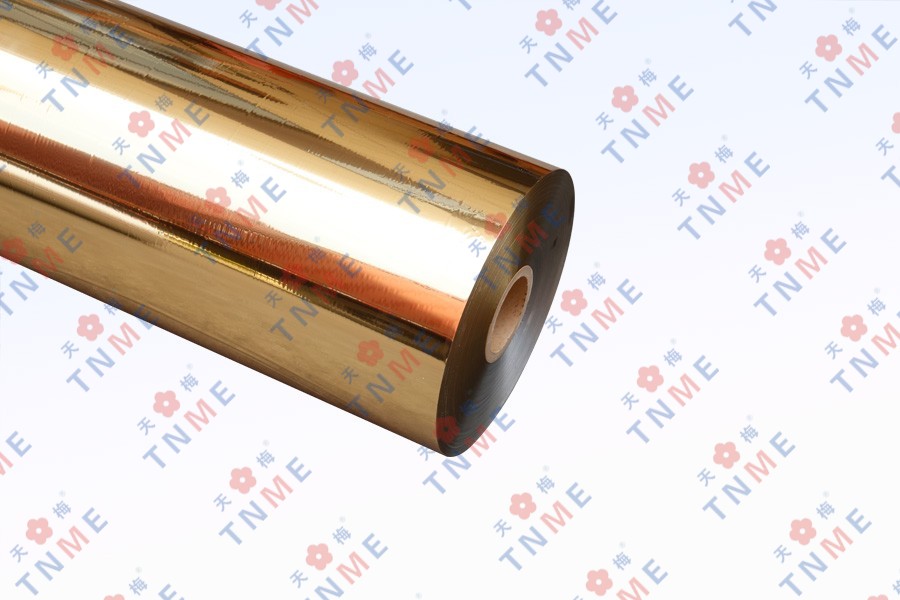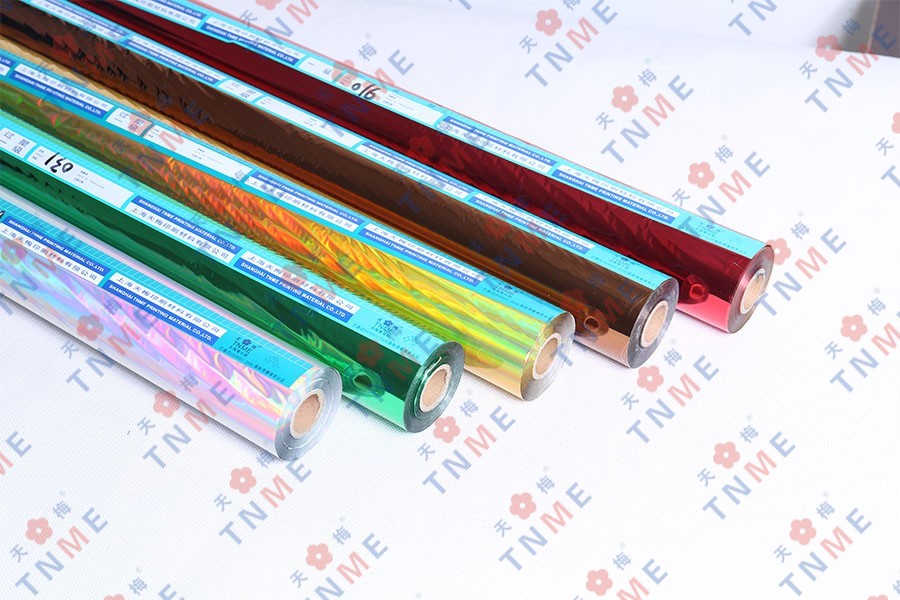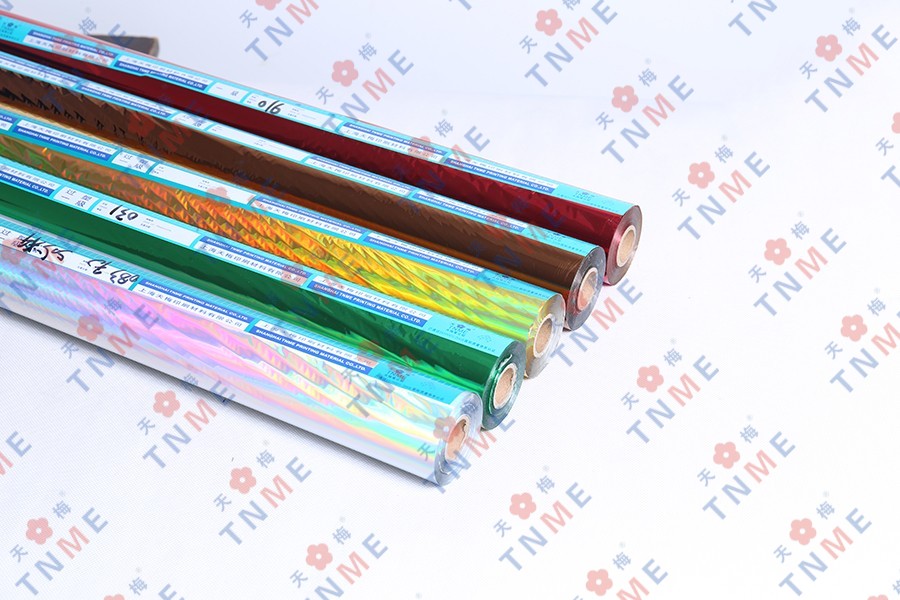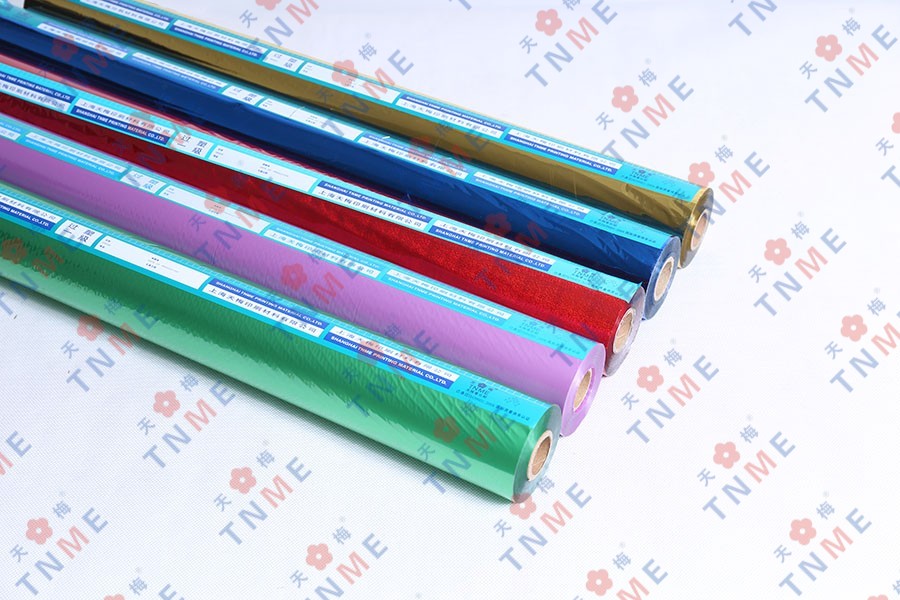How are UV materials foils manufactured or produced?
Author:admin Date:2023-07-20
UV materials foils are typically manufactured through a process that involves printing, coating, and curing to create a specialized foil that reacts to ultraviolet (UV) light. These foils are commonly used in various applications, including security features on documents, packaging, and decorative elements. The specific manufacturing process may vary depending on the intended application and the type of UV foil being produced, but here are the general steps involved:


Base material selection: The first step is to choose a suitable base material, which is typically a thin film or sheet. Common materials used as the base include polyester, polypropylene, and other types of plastics that have good UV sensitivity and can withstand the printing and curing processes.
Pre-treatment: The base material may go through pre-treatment processes to ensure it is clean and receptive to subsequent coatings. This might involve cleaning, corona treatment, or other methods to improve surface adhesion.
Coating: The base material is coated with a specialized UV-reactive material. This coating contains substances that respond to UV light in a particular way, such as changing color, fluorescing, or becoming transparent or opaque. The coating may be applied through various techniques, such as gravure printing, screen printing, or offset printing.
Printing: If the UV foil requires additional graphics or designs, a printing process may be used to apply patterns or images on top of the UV-reactive coating. The printing can be done using conventional methods like offset or digital printing, depending on the complexity and quantity of foils required.
Curing: After the coating and printing processes, the foil is subjected to a UV curing step. UV curing involves exposing the coated material to intense UV light, which triggers a chemical reaction within the UV-reactive coating. This reaction causes the coating to solidify, adhere to the base material, and develop the desired UV-sensitive properties.
Inspection and quality control: Once the curing process is complete, the foils undergo inspection and quality control to ensure they meet the required specifications, such as color accuracy, adhesion, and UV-reactive performance.
Cutting and finishing: The foils are then cut into the desired sizes and shapes, depending on their intended application. They may also undergo additional finishing processes, such as embossing or laminating, to enhance their appearance and functionality.
It's important to note that the exact manufacturing process may vary depending on the manufacturer's equipment, expertise, and the specific requirements of the UV foil being produced. Additionally, the formulation of the UV-reactive coating can vary significantly based on the desired properties and performance characteristics.




 English
English 中文简体
中文简体

















